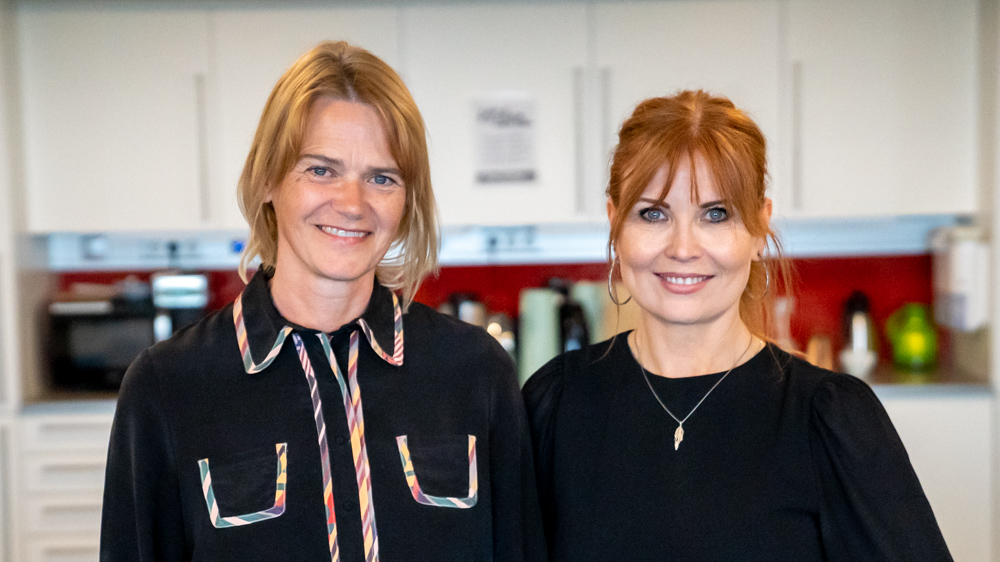Researchers increasingly agree that strong teacher education programs should provide prospective teachers with opportunities to learn that are grounded in the actual work of teaching. Gísladóttir and Svanbjörnsdóttir have been using surveys (designed for the Coherence and Assignments in Teacher Education - CATE) to determine the level of opportunity teaching students in Iceland have to enact teaching theory in their work placements. Now they are moving into the next phase of their study.
“The teacher education program in Iceland is well-established, but it hasn’t been researched. We want to know more about the coherence of the program and how it supports students’ field placement and future work as teachers” says Svanbjörnsdóttir.
Gísladóttir and Svanbjörnsdóttir will compare their survey results to data already gathered from surveys conducted in teacher education programs in Norway.
Room for improvement in Icelandic teaching quality
Evidence from Gísladóttir and Svanbjörnsdóttir’s prior research on teaching quality in Iceland has pointed to specific areas that they believe could be improved by adjusting teacher training.
“Our research on 10 classrooms in Iceland has shown that they have a supportive atmosphere, that classroom and time management are good, and that students like their teachers. But there is room for improvement on how teachers give feedback to students, and in how they provide scaffolding techniques to help students solve problems.” – Gísladóttir.
“There is good evidence to support the idea that high quality feedback is important for students’ learning, but a lot of teachers seem to struggle putting the theory into practice. Our suspicion is that this stems from the way teachers are trained.” – Svanbjörnsdóttir.
Using video for teacher training
As they design their study, Gísladóttir and Svanbjörnsdóttir are looking into ways of using video in teacher training in Iceland. Their proposed study will have teaching students video-record their field placements in schools. Researchers will then analyse the footage using the PLATO protocol and discuss the results with the teaching students.

The project Learning to Notice in Teacher Education has used a similar methodology in its study of teacher education in Norway. During their visit to Oslo, Gísladóttir and Svanbjörnsdóttir took the opportunity to talk with two researchers from the Learning to Notice project, Inga Staal Jenset and Gøril Brataas, as well as QUINT Director Kirsti Klette, about the design of the study.
“The education research environment is quite small in Iceland, so it’s nice to be here amongst a larger group of people all studying teaching.” – Gísladóttir.
“We got the QUINT mobility grant so we could travel [to Oslo] and get help with our grant proposal, and we have been getting a lot valuable discussions with the researchers here. It’s a supportive environment.” – Svanbjörnsdóttir.
